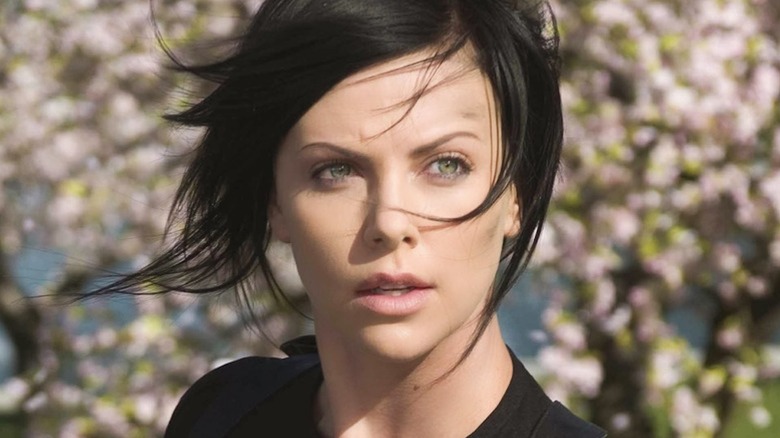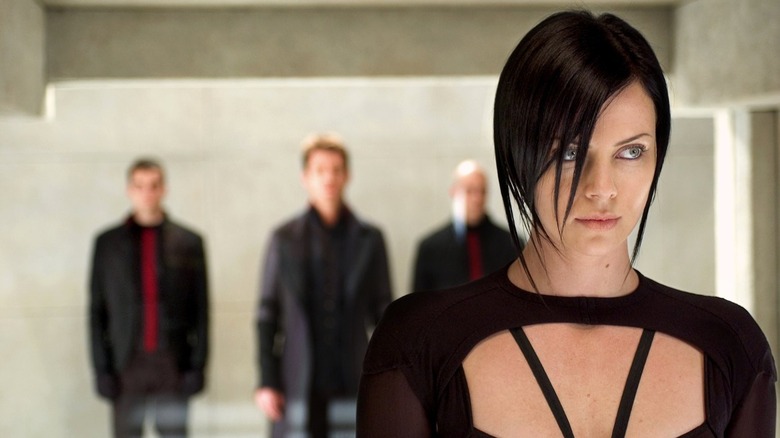Once upon a time, MTV defended music television and only played clips, 24 -hour clips. At a time when the 24 -hour programming in any form was still new, there was something comforting to be able to light the tube at 3 o’clock in the morning and watch a Split Enz video. MTV was the only channel in the extent of the cables in rapid expansion offering this service then, so no one claimed to be broadcast, for example, of “The Monkees” reruns.
Advertisement
When MTV has become a pop cultural phenomenon, society has become ambitious and began to try a non -musical programming. In 1985, they really started broadcasting reruns of “The Monkees”, but the same year, they also brought the brilliant sitcom Punk-Rock BBC “The Young Ones” to American viewers. They finally participated in the original programming in 1987 with the game Game Show “Remote Control”, which introduced Gen X-ORS to comic talents like Ken Ober, Colin Quinn and a lean kid named Adam Sandler. And for better or for worse, MTV popularized the format of reality TV with “Le Monde real” in 1992.
For the most part, however, MTV looked for cutting -edge or offbeat talents, which led the chain to broadcast series such as “the idiot box” by Alex Winter and Tom Stern (a precursor to The classic of horror comedy “Freaked”), the program Sketch Comedy “The State”, and the BRIS animation of the envelope show “Liquid Television”. For adventurous viewers who liked to increase their television consumption with substances altering the mind, “Liquid Television” was the visualization of meetings. Organized by Japiet Asher, the series showed the first work of Pixar, Bill Plympton and Mike Judge. While we have “liquid television” an eternal debt of gratitude For having given us “Beavis and Butt-Head”, “ The greatest contribution of the entertainment show may have been an experimental science fiction series which, a decade later, has become a star vehicle of Charlize Theron directed by Karyn Kusama.
Advertisement
The æon flow was the victim of the studio interference
Peter Chung’s “æon flow” has played like the Mutant Trippy offspring of “Fantastic Planet” by René Laloux and comics of “Nick Fury: Agent of Shield” by Jim Steranko. At first, Chung employed a pure visual narration without dialogue. We just attached ourselves and looked at the exploits of this flexible and bulletic secret agent dressed in purple latex who took out clones, robots and anyone unhappy to put himself on his way. MTV finally persuaded Chung to transform the “æon flow” into an autonomous series, but the concept was better served as a short and experimental highlight for the unique sensitivities of Chung.
Advertisement
Finally, Paramount saw signs in dollars in the idea that the winner of an Oscar, Theron, putting on the waterproof outfit of the assassin in a live film – which, even if they have brought first -rate talents like Kusama and the scriptwriting duo of Phil Hay and Matt Manfredi to bring it together, had the impression of doubling what did not work on the original. “Flux æon” was incredible in short, disconcerting gusts. When you got the character in a prolonged story, it was terribly hollow.
Kusama’s “flow” was shot by criticism and failed the box office in 2005 (by raising $ 52 million worldwide against a budget of $ 62 million), but, to be fair to the people who did it, Paramount withdrew the Kusama project and torn 30 minutes. Kusama’s vision was apparently much more in line with Chung’s original experimental socket on the character, but, having only made the independent classic “Girlfight” at the time, she did not have the juice to fight the studio. In the current state of things, Kusama’s “flow” is a beautifully designed film, but it is incoherent in all bad manners (and also almost paralyzed Theron). It is a disappointment marked in the studio.
Advertisement







